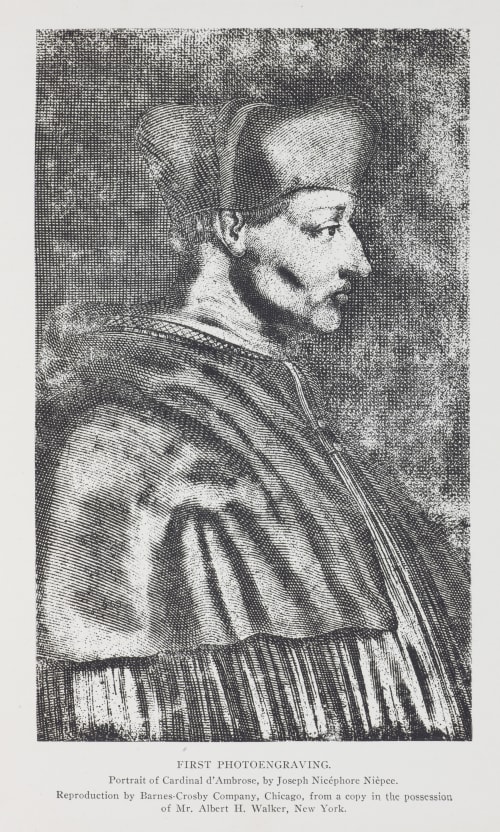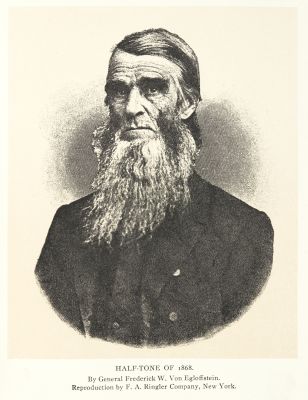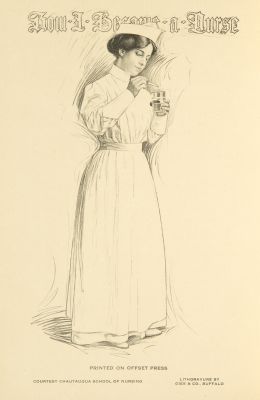
Title
First PhotoengravingArtist
Niépce, Joseph Nicéphore (French, 1765-1883)Publication
Horgan's Half-Tone and Photomechanical ProcessesDate
1913 plate (1826 negative)Process
Photoengraving (reproduction)Atelier
Niépce, Joseph NicéphoreImage Size
4 in x 6 1/2 in
As early as 1814, Niépce had begun experimenting with light-sensitive varnish used in the new art of lithography. His landmark success came 12 years later when he reproduced the engraved portrait of Cardinal d’Amboise from a lithographic plate. To do this, he first coated a pewter plate with Bitumen of Judea (asphaltum), which by its nature is light sensitive. Then he covered the sensitized plate with the original waxed engraving and placed it in sunlight, which hardened the bitumen under the light areas of the image. The plate was then washed with a solvent, which washed away the unexposed areas of the image, and etched in an acid bath. After etching all of the bitumen was removed and the plate was printed with the traditional intaglio method. That same year, Niépce also succeeded making the first camera image showing a view out the window of his house and relying on the same materials and techniques borrowed from etching – bitumen of Judea on a pewter plate.
This reproduction by Barnes-Crosby Company, Chicago is from a copy of the original Cardinal d’Amboise heliograph ‘in the possession of Mr. Albert H. Walker, New York."
References
Stephen H. Horgan, Horgan’s Half-Tone and Photomechanical Processes, The Inland Printer Company, Chicago, 1913, opposite pg 88


